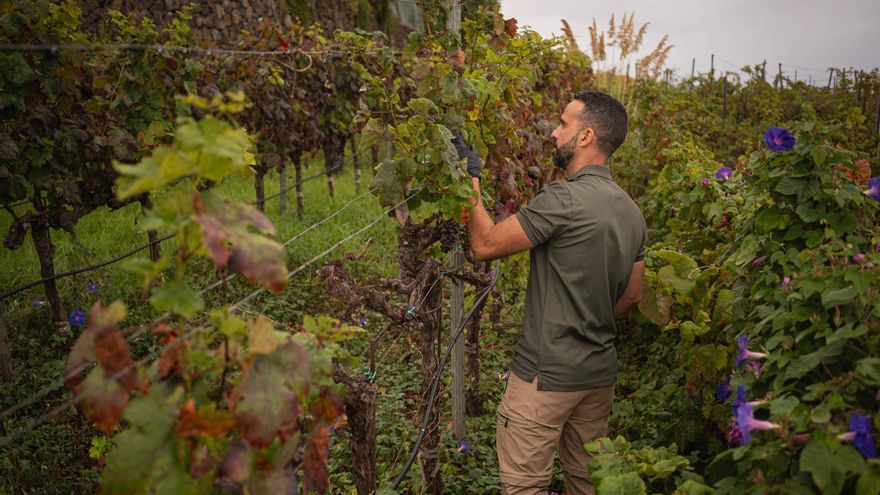
Cabildo de Tenerife Report on Vine Pest
The Cabildo de Tenerife has confirmed that the phylloxera outbreak is contained and currently affects only 2% of inspected vine plants. As of yesterday, technicians from the Cabildo and the Government of the Canary Islands have carried out 2,901 surveys, detecting that only 60 vines are infected with the vine virus.
Response from the President
The island’s president, Rosa Dávila, stated that the island is “responding rigorously, scientifically, with coordination and transparency to protect our vineyards, our farmers, and the future of our wines.” During her statement before the Plenary, she emphasised the unified action taken by all administrations—central, regional, insular, and municipal—alongside the primary sector and political groups, who supported the measures in place.
New Advisory Committee
In a plenary session that did not present significant new developments, she announced the creation of a scientific and technical advisory committee, which will include analysing the phylloxera situation and proposing science-based control measures.
PSOE’s Position
The PSOE, which requested the extraordinary plenary session, denounced the absence of the Cabildo president and her ruling group during the phylloxera crisis. Socialist spokesperson, Aarón Afonso, criticised that the session occurred “44 days after the first outbreak was detected and only because it was requested by the Socialist Party.”
The socialists support the measures adopted by the Government of the Canary Islands but call on the Cabildo to “reinforce inspections on the farms with more personnel and technical resources, using companies like GMR, Gesplam, or Tragsa”.
Strategic Plan
Meanwhile, the Councillor for Primary Sector and Animal Welfare, Valentín González, proposed the creation of an institutional agreement to enhance prevention, control, and eradication efforts regarding the outbreak, while developing a Strategic Plan for the wine sector in Tenerife.
This plan aims to improve competitiveness, diversify markets, promote the marketing of local wines, integrate climate change adaptation measures, and strengthen the sustainability of the sector. “We are committed to protecting the vineyard, defending the agricultural and cultural identity of the island, and ensuring a sustainable future for the sector,” González highlighted.
Since the first outbreak was detected on 30 July, over 50 field agents, primarily agronomists, have been deployed to conduct surveys and implement control measures. These actions have accurately delineated the affected area, establishing an infested zone with a minimum radius of 500 metres around the positive cases and a buffer area of an additional kilometre, where restrictions and enhanced surveillance are applied.
Eradication and Prevention Efforts
The technical measures employed for prevention and eradication include acute phytosanitary treatments, destruction of infested plants, and the prohibition of moving vine plant material or fresh materials between the Archipelago and within areas of Tenerife without express authorisation from the Cabildo. Additionally, a public territorial viewer has been set up in coordination with the Government of the Canary Islands to transparently consult positive cases.
The plenary concluded with a message of political and institutional unity against the threat of phylloxera, which has alarmed both winemakers and vineyard workers but also reinforced cooperation among all administrations. “We have deployed a rapid and direct response, regardless of political affiliations. The collaboration has been exemplary,” Dávila concluded.















